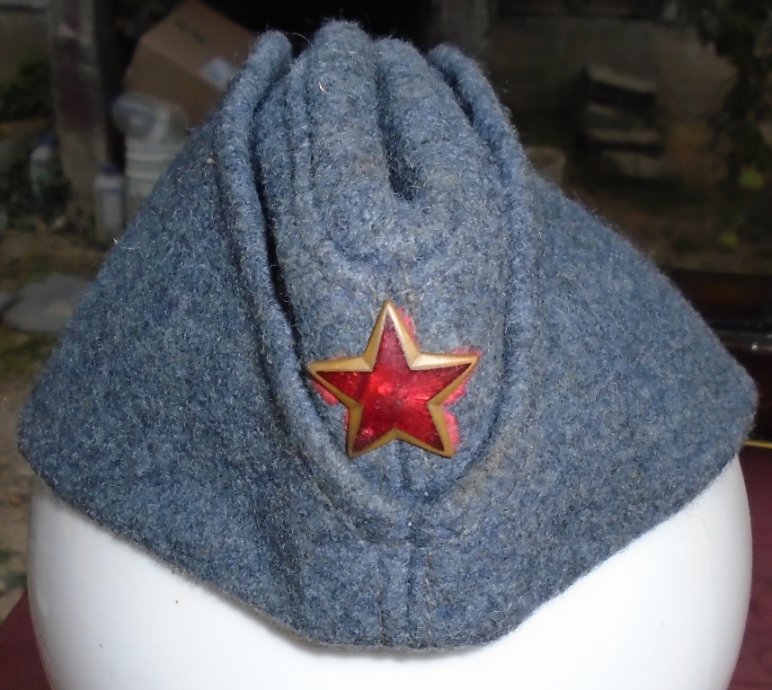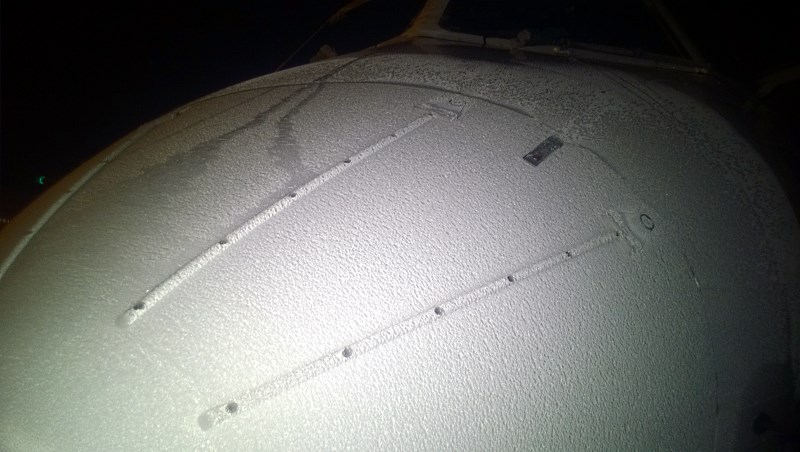This could take a while!Levkovvvv wrote: What might that object be?
Nick
This could take a while!Levkovvvv wrote: What might that object be?


To continue the fun part, what specific routine service item on the MiG-21 required specific permits of the crew to handle in Finnish service? (At least the story goes, but I can't figure a reason why it shouldn't be true!)Levkovvvv wrote:Now, to the fun part. Shortly after arrival of the Sabres in 1956, a decree was passed banning the use of a certain object to all pilots, ground crew, and security personnel stationed on airports where the jets were located.
Yeah, though icing is still quite localized phenomenon; I'd expect it to work best when the weather engine knowledge of airplane being in the cloud or fog (as used for the appropriate graphics effects) could be utilized. That way you could use your judgement to stay out of icing. Though speaking of weather engines, as of now, any airport with TS in its METAR is all but unusable with AS16 unless you tune down the settings; I'd hate that to be the case with icing as well, as it is pretty localized, and even a shallow freezing fog layer makes an ATR look like this (the accumulation on the very tip of the radome is unfortunately almost not visible in this). I'd hate to see this applied to "general area" in the sim.Levkovvvv wrote:I think that majestic q400 has a somewhat acceptable model of icing, but sadly it is one of the very few that do.

Users browsing this forum: davidtsw1906, Google [Bot], Skycat and 52 guests